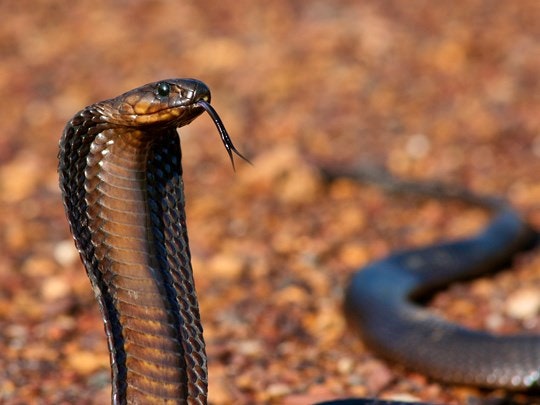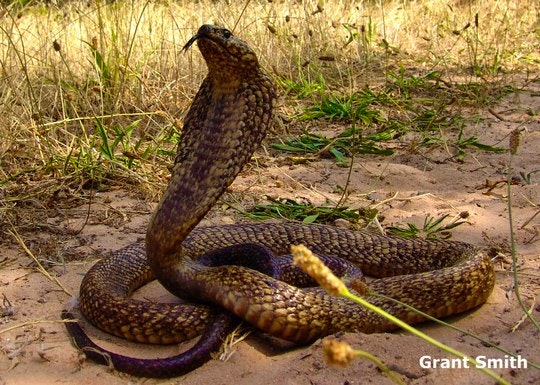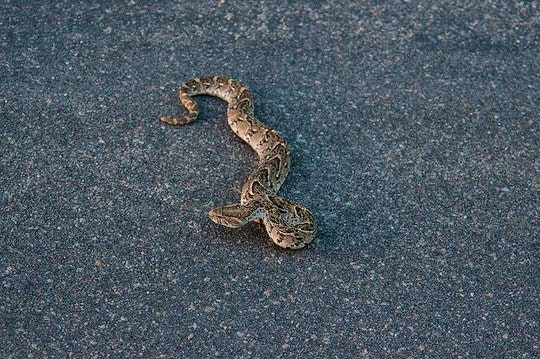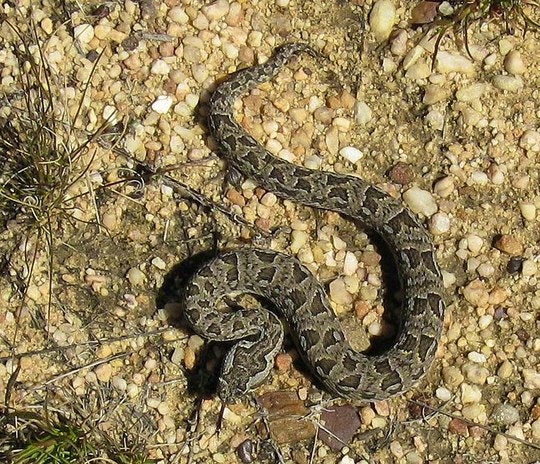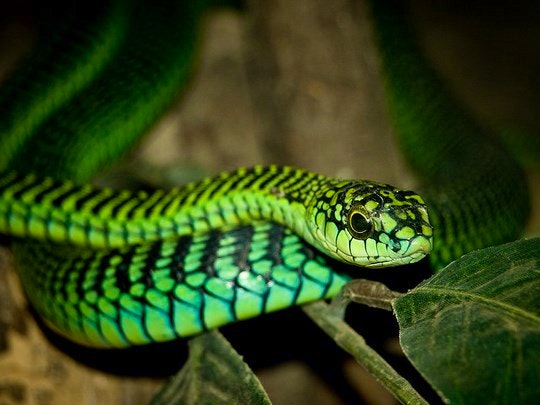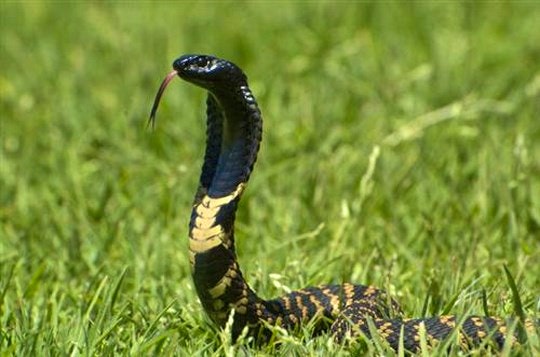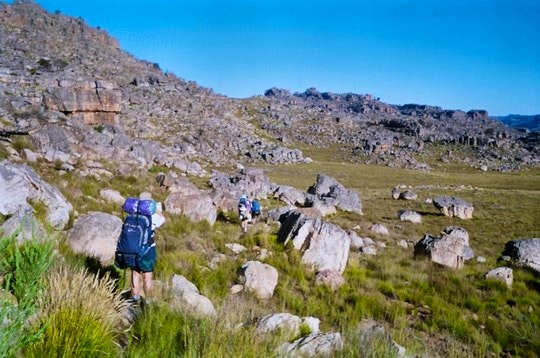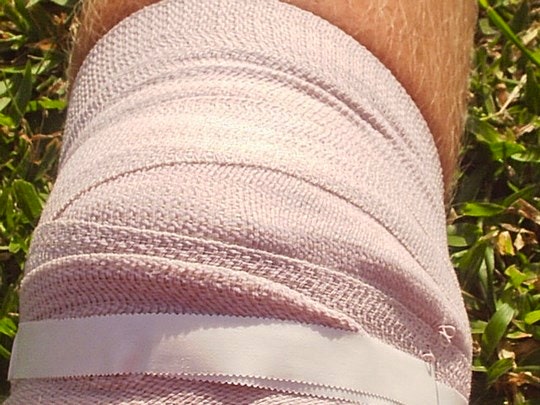With summer on the rise, more people are heading outdoors. However, this time of year is also known as ‘snake season’ as these cold blooded reptiles come out in the warmer weather to feed and reproduce, and the possibility of a snake bite is heightened.
While the chance of encountering a snake is rare, it’s vital that you read up on the snakes in your area so you know how best to prepare, avoid, and handle a snake bite should the situation ever arise. The Cape is home to a number of snakes, but there are only a few that are venomous:
1. CAPE COBRA
Cape Cobras are nervous snakes; although quick to take up a defensive posture by spreading a broad hood, they will only bite when escape is not an option. They are not aggressive by nature, but during the mating season, around midsummer, they show an increase in activity. If you come across one, keep still or walk away slowly. It will move off once it feels the threat has passed.
Identification:
The Cape Cobra is a medium sized snake, rarely exceeding 1.6m in length. They can be anything from black and reddish brown to olive brown or yellowish in colour, with many variations in between. When they feel threatened, they will rear up, spread their hood, and occasionally hiss vigorously.
Habitat:
The Cape Cobra is fairly most common in the south western regions of southern Africa and is found throughout the Cape Provinces. They are most active during the day and hide in holes and under large objects. They often come into contact with humans when they slither into homes to escape the heat. While they are mainly ground snakes, they are also excellent climbers and well known for raiding sociable weaver nests.
Venom:
The venom is neurotoxic and causes paralysis, resulting in respiratory, and heart failure. Death can occur within 1 – 10 hours of being bitten. With speedy and proper treatment, a bite may not be fatal. Anti-venom may be required but should only be administered by a trained medical doctor.
2. PUFF ADDER
The Puff Adder is responsible for many bites, because it relies on camouflage for protection. Unlike most snakes, they freeze when approached and are often stepped on. They are most active at dusk, but like to bask in sunshine during the day. Puff Adders are commonly believed to be lazy, but they’re actually masters at conserving energy. They can strike extremely fast from an S-coiled position, and at 0.25 of a second, they are arguably the fastest striking snakes in the world!
Identification:
The Puff Adder is a large, sluggish, thick-bodied snake that seldom exceeds 1.4m in length. They are easily identified by the distinctive V-shaped patterns along their back. Their colour varies from a dull grey to light brown, yellow, or even red, and they have a large, triangular, and heavily keeled head. A pale stripe runs along the top of the head, between or behind the eyes.
Habitat:
They are the most widespread snakes in Africa, found from the southern Cape to the Sahara desert. Their preferred habitat includes open grassland, savannah, forests, and rocky outcrops.
Venom:
The venom is cytotoxic and haemotoxic, causing extreme pain, swelling, and tissue breakdown in the bitten limb. The venom is slow acting and, if left untreated, death may occur in 24 hours. Death often occurs from secondary effects caused by the swelling, such as kidney failure. Less than 10% of bites result in death and amputation may be required as the result of tissue damage. NB: Only apply a pressure bandage if there is NO swelling!
3. BERG ADDER
The Berg Adder, also known as the Cape Mountain Adder, is often mistaken for its larger cousin, the Puff Adder, although it is considerably smaller and doesn’t have the V-shaped markings. Berg Adders are nervous snakes and when threatened, will hiss and strike rapidly. Bites are rare and seldom fatal.
Identification:
These small snakes usually measure between 40 – 60cm and can be distinguished by their keeled scales and triangular heads. They have an olive to dark brown colouring with an elaborate pattern of black markings down the back, a dark arrow-shaped mark on the head, and an off-shite to dark grey underbelly.
Habitat:
Berg Adders are usually found in mountainous regions, but have been known to reside at sea level in areas where mountains ascend suddenly, such as the Cape coast where they lie in thick fynbos.
Venom:
Unlike most adders, the venom is primarily neurotoxic, causing localised pain, increased heart rate, loss of balance, dizziness, double vision, and a temporary loss of taste and smell. A single dose of the venom is not powerful enough to kill an adult human.
4. BOOMSLANG
The Boomslang is one of the most venomous snakes, but their usually shy temperament means bites are uncommon. Most Boomslang bites have been recorded on that of their snake handlers.
Identification:
Boomslangs seldom exceed 1.5m in length and can be identified by their egg-shaped heads and large eyes. large eyes. Females are a uniform olive brown in colour while males are black on top and bright yellow below. When threatened, they will inflate their necks.
Habitat:
Boomslangs are found across South Africa. They are an arboreal species usually found in trees or bushes, hence the name boomslang (tree snake).
Venom:
The venom is dangerously haemotoxic; destroying the coagulant properties of the blood. The venom is very slow acting and it can take up to 24 hours for symptoms to appear. Victims risk internal and external bleeding.
5. RINKHALS
The Rinkhals is a smallish cobra-like snake that seldom exceeds 1.2m in length. They differ from cobras’ in that they give live birth and their scales are keeled. As with the Cape cobra, the Rinkhals will spread a hood in defence, but if the perceived threat doesn’t move away – it will spray venom towards the eyes with great accuracy. They are known to fake their own death very well so do not approach them even if they look dead!
Identification:
Their colouration tends to be a dark-grey or brownish colour with irregular spotting in lighter browns or creams. They have a dark underbelly with two lighter stripes around the neck. When threatened, they will rear up and spread their hood. They can spit venom as far as 2.5m (usually aimed at the face).
Habitat:
Rinkhals are very rare in the Peninsula, although two small isolated populations are thought to exist in Kenilworth and Killarney.
Venom:
The venom is neurotoxic and causes muscle paralysis, resulting in respiratory and heart failure. If the venom enters the eyes, it will burn fiercely and complications may arise from secondary infection if not treated rapidly. Immediately wash out the eye with whatever liquid you have handy, be it water (best), milk, beer, or even urine!
How to avoid a snake bite:
- Scan the path ahead of you.
- Step onto, rather than over, logs and rocks as a snake could be lying on the other side.
- Wear long trousers, boots, or proper shoes (especially in long grass or thick bush)
- Don’t walk around at night without good shoes and a torch.
- Don’t put your hand or feet into holes where snakes may be hiding.
- If you come across a snake, leave it alone. Stand still or back away slowly.
- Don’t believe a ‘dead’ snake.
- Don’t leave rubbish lying around as snakes will crawl into it to sleep. Keeping the area clear will ensure snakes are easier to see and avoid.
How to handle a snake bite
Stay calm. Only a small percentage of all snake bites are fatal – usually only those that receive no medical care. Get to a hospital as soon as possible. If medical assistance is far away, you can apply a firm, but not tight (don’t restrict blood flow), pressure bandage and immobilise the limb. NB: with puff adder bites, ONLY apply a pressure bandage if there is no swelling. The pressure bandage restricts the flow in the lymphatic system to slow the spreading of venom. Don’t try and cut the wound or suck the venom – these practices are outdated and will do more harm than good! Never administer your own anti-venom. Many snake bites are dry bites (no venom injected) and you run the risk of an allergic reaction to the serum.
- Make a note of the time the bite occurred. This will help medical doctors check the progress of the venom.
- Get a photograph of the snake or make a note of its appearance.
- Don’t remove clothes, massage, or rub the bite area as this will spread the venom.
- Phone ahead and explain to the hospital that a possible snakebite victim is on the way.
- In the case of a Cobra bite, be prepared to give artificial respiration. A dangerous sign of lung paralysis is when the victim cannot blow out a match held at arm’s length.
- Make sure the victim doesn’t swallow their own saliva.
- Keep the victim as still and calm as possible and do not give them anything to eat or drink.
- Watch for the victim going into shock. Even if the snake is non-venomous, shock can kill.
- Ensure that a tetanus shot is given even if the snake is non-venomous.
It’s important to remember that venom production is costly for a snake. Wasting venom on you could mean the loss of a meal. Venom is an adaptation used for subduing and digesting prey, not for biting people! A snake will only bite a person as a last resort, if it appears to be life or death. Leave snakes alone and you won’t get bitten. Should you want to find out more about the interesting snakes found in the Cape, visit the Cape Snake Conservation website.
What other tips do you have for handling snakes in the Cape?
Main image credited to Mark de Wet from Cape Snake Conservation.

